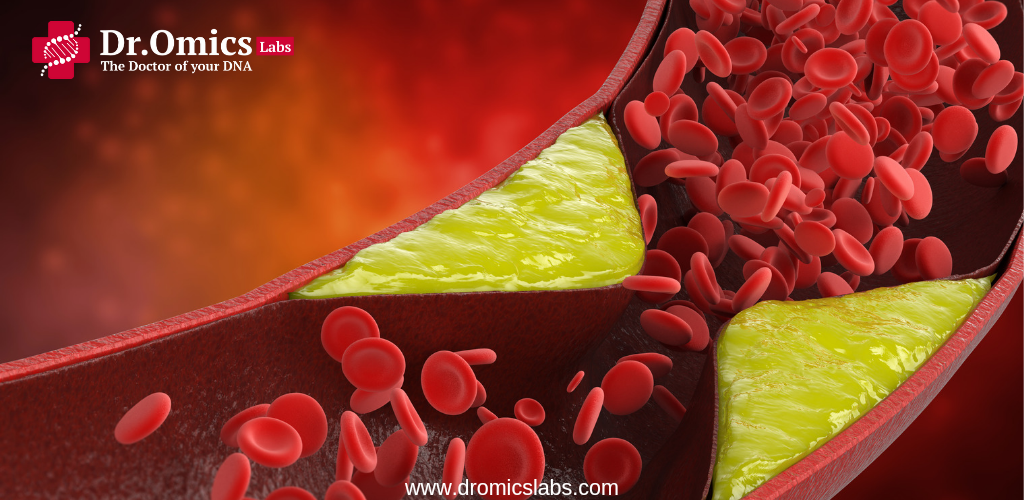According to recent news and research, heart attacks are on the rise among younger adults, including those in their 20s and 30s. The incidence of hypertension is also rising faster in young adults than in older adults, which is a significant risk factor for heart disease. Women are having more heart attacks than before, and the underlying causes appear to differ somewhat by sex. Chronic kidney disease, heavy drinking, heart disease, and stroke may be strong predictors of cardiac arrest among Hispanic adults. Drug- and alcohol-related heart disease and stroke deaths are rising, and menopause can put women at increased risk for cardiovascular disease. The increasing death rate for young adults due to infective endocarditis may be related to the opioid epidemic. CRISPR technology holds promise for treating cardiovascular diseases by editing disease-causing DNA sequence variants. To help younger adults offset risks for having a future heart attack, stroke, or developing heart failure, researchers suggest multiple efforts are needed, including community-focused programs, blood pressure screenings, green spaces to support movement, and strengthening efforts to ensure children and young adults have access to health insurance.
Key factors contributing to heart attacks in younger generations trend include:
- Increasing Incidence of Hypertension: The incidence of hypertension is rising faster in young adults than in older adults, which is a significant risk factor for heart disease.
- Obesity: Being overweight and obese can significantly increase the risk of heart attacks, as they place a high demand on the heart and harm blood vessels.
- Diabetes: Diabetes is a major risk factor for heart attacks, and its prevalence is increasing in younger generations.
- Depression: Depression is also associated with an increased risk of heart attacks, and it is becoming more common in younger adults.
- Family History: A family history of early heart attacks can increase the risk of heart attacks in younger generations
- High Cholesterol: High cholesterol is a risk factor for heart attacks, and it is becoming more common in younger generations.
- Silent Atherosclerosis: Atherosclerosis, a condition characterised by the buildup of plaque in the arteries, is commonly associated with older adults. However, a new study suggests that younger adults may also be at risk for silent atherosclerosis, which can lead to stroke, heart attack, and heart failure.
To address this silent threat, it is essential to raise awareness about the risk factors and promote preventive measures. This includes regular check-ups, maintaining a healthy weight, managing diabetes and high blood pressure, and addressing mental health issues. Personalised approaches like imaging technology can be used to monitor individual risk profiles and tailor interventions accordingly. Regular follow-up with a physician is also crucial to assess the effectiveness of interventions and adjust them as needed.
What are some of the preventive measures for heart attacks in younger adults ?
Preventive measures for heart attacks in younger adults include:
- Don’t smoke or use tobacco: Smoking raises your blood pressure and increases the risk of heart attack and stroke.
- Get moving: Aim for at least 30 to 60 minutes of activity daily.
- Eat a heart-healthy diet: Choose nutrient-rich foods, such as fresh fruits, vegetables, whole grains, lean proteins, and healthy fats.
- Maintain a healthy weight: Obesity is a risk factor for heart disease, so it’s essential to maintain a healthy weight.
- Manage stress: Stress can raise blood pressure and increase the risk of heart attack. Find healthy ways to manage stress, such as exercise, meditation, or relaxation techniques.
- Limit alcohol consumption: Men should have no more than two alcoholic drinks per day, and women should not have more than one.
What are some warning signs of a heart attack in younger adults ?
Warning signs of a heart attack in younger adults may include:
- Chest pain: Uncomfortable pressure, squeezing, fullness, or pain in the centre of the chest that lasts more than a few minutes or goes away and comes back.
- Pain or discomfort in the upper body: Pain or discomfort in one or both arms, the back, neck, jaw, or stomach.
- Shortness of breath: Difficulty breathing, especially with or without chest discomfort.
- Other symptoms: Cold sweat, nausea, lightheadedness, or sudden dizziness.
- Atypical symptoms in women: Women may experience other symptoms that are typically less associated with heart attack, such as shortness of breath, nausea/vomiting, and back or jaw pain.
It is essential to seek prompt medical attention if you experience any of these symptoms, as prompt treatment is needed to prevent death.
Conclusion :
In conclusion, the article highlights the need for more research and interventions to address the challenges and opportunities for the prevention and treatment of CVDs among young adults. By focusing on effective interventions and creating supportive environments, it is possible to reduce the risk of CVDs and improve cardiovascular health in this age group.
Citations:
[1] https://www.cminj.com/blog/whats-behind-the-rise-in-heart-attacks-among-young-people
[2] https://www.health.harvard.edu/heart-health/whats-driving-heart-attacks-in-younger-adults
[3] https://www.nhlbi.nih.gov/news/2023/heart-disease-risks-among-younger-adults-rise
[4] https://www.medicoverhospitals.in/articles/reason-behind-sudden-heart-attacks-in-youth
[5] https://www.lupin.com/the-silent-crisis-young-adults-battling-heart-disease/
[7] https://www.medanta.org/patient-education-blog/9-ways-to-prevent-heart-attack-in-the-20s




